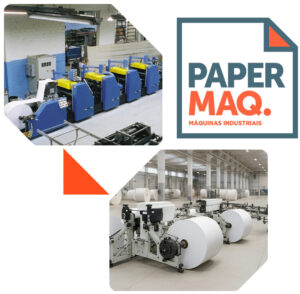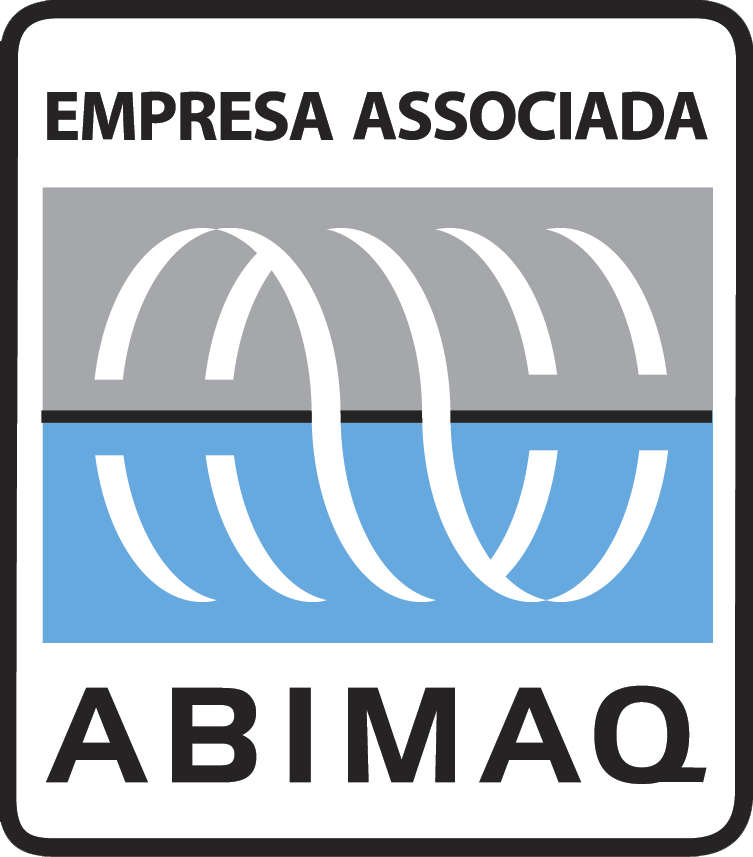Preventive maintenance is one of the smartest strategies for guaranteeing the performance, reliability and durability of graphics equipment. By anticipating possible failures, companies avoid operational losses and increase the efficiency of their production lines.
1. Follow a strict schedule
Establishing and following a maintenance schedule is essential to ensuring that graphics equipment works properly. This practice helps prevent failures and reduces the risk of unexpected downtime. With proper planning, it is possible to optimize resources and guarantee a more efficient and safer operation.
2. Carry out periodic visual inspections
Visual inspections make it possible to identify early signs of wear or component failure. Leaks, unusual noises, changes in vibration and performance can indicate the need for maintenance. This simple care is essential to avoid major damage.
3. Proper lubrication
Proper lubrication of components is essential for equipment to function properly. It reduces friction, prevents premature wear of parts and extends the life of the machine. Using the recommended lubricants and following the manufacturer's technical specifications are fundamental practices.
4. Invest in staff training
Keeping staff up to date and trained is a strategic investment. Trained operators are able to identify faults in advance, apply correct procedures and preserve the integrity of the equipment. In addition, training promotes greater safety and productivity in the workplace.
5. Record All Interventions
Creating and maintaining a detailed maintenance history allows you to monitor equipment performance and identify failure patterns. This record is an essential management tool for making data-based decisions and continuously improving maintenance processes.
Implementing a preventive maintenance plan is more than a cost-saving measure: it's a strategic stance that reflects operational maturity. With organization, training and the right support, it is possible to turn routine maintenance into a lasting competitive advantage.
Long-term benefits of preventive maintenance
Companies that adopt preventive maintenance routines tend to see not only a reduction in operational failures, but also an increase in the useful life cycle of their assets. This translates into financial savings, less need to replace parts and better use of investments in machinery.
In addition, the predictability of operating costs allows for more efficient financial management, facilitating the allocation of resources and strategic planning. Avoiding technical surprises gives managers peace of mind and increases confidence in the company's productive capacity.
The Importance of Performance Indicators
Measuring the results of preventive maintenance is crucial. Indicators such as MTBF (Mean Time Between Failures) and MTTR (Mean Time To Repair) are essential for assessing the effectiveness of the plan implemented and indicating any adjustments that may be necessary.
Based on this data, it is possible to refine strategies, prioritize actions and justify investments in technology, specialized manpower and training. A well-managed plan generates measurable and sustained returns over time.
Integration with Management Systems
Modernizing preventive maintenance also involves digitalization. Integrations with ERPs or CMMS systems (Computerized Maintenance Management Systems) allow greater control over deadlines, work orders, parts inventory and available manpower. This speeds up decisions and increases the efficiency of the operation.
These systems offer automatic alerts, dashboards and real-time reports, making it easier to monitor routines and manage maintenance strategically. This strengthens the culture of operational excellence.
Technical Consulting: A Strategic Differential
Relying on experienced partners can speed up the implementation and improvement of preventive maintenance. Companies like Paper Máquinas offer specialized consultancy, helping to define schedules, choose the best methods and monitor results.
This proximity to the client generates synergy, increases the assertiveness of interventions and reduces the response time to possible deviations or failures. It's a technical support model that goes beyond simple maintenance: it's a strategic partnership.
Conclusion
More than a technical differential, preventive maintenance represents a mindset focused on excellence. In a competitive market, where every minute of operation counts, prevention really is better than cure. And for those who want to produce more safely and predictably, this practice is indispensable.
If your company still doesn't have a solid preventive maintenance plan, perhaps this is the right time to rethink your processes and start a journey of operational transformation with the right support.









